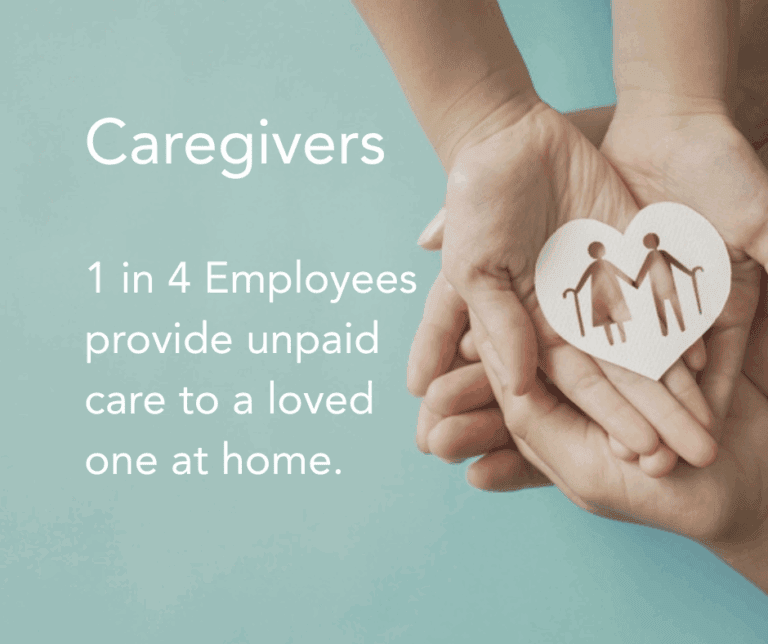For most small to mid-sized companies, employee benefits typically represents one of the top five line items on the profit and loss sheet. It is a cost of doing business and an investment in your people … and it doesn’t go unnoticed.
78% of employees say they’re more likely to stay with an employer because of their benefits program
More than just a compliance item in a competitive marketplace, employee benefits are a critical component of the overall employee experience and how your people perceive their workplace. Here are four examples of how employee benefits should align with company culture to create a thriving business:
Employee benefits alone will not define your company culture, but they play a crucial role in shaping employees’ perceptions, satisfaction, and overall experience within the organization. When aligned with the company’s values and goals, employee benefits can contribute positively to a strong and supportive workplace culture.




